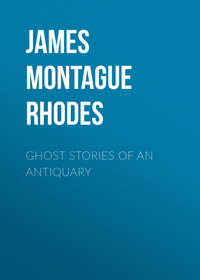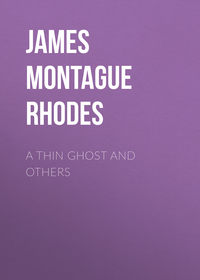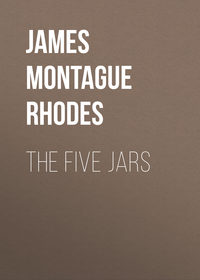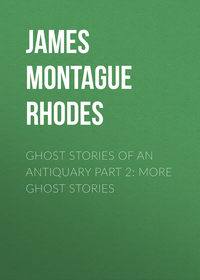 полная версия
полная версияThe Wanderings and Homes of Manuscripts
So texts and books wander, and so do discoveries sometimes lie near our hands. The moral is: Be inquisitive. See books for yourself; do not trust that the cataloguer has told you everything. I am a cataloguer myself, and I know that, try as he may, a worker of that class cannot hope to know or to see every detail that is of importance. The creature is human, and on some days his mind is less alert than on others. Nor is he interested in everything alike: an apocryphal fragment or an obscure saint will excite me, while a letter of St. Bernard which may be unpublished leaves me calm. But in spite of the imperfections of cataloguers, catalogues must be used, and they must be read and not only referred to. The mere juxtaposition of treatises in a volume will often reveal its provenance or its pedigree; besides, there is always the chance I have suggested, that the describer of any MS. may have failed through ignorance or want of attention to see that some article in it is of extreme interest and rarity. So it was that in reading Lambecius's (eighteenth-century) catalogue of the Greek MSS. at Vienna I noted down an entry that seemed unusual; and some years after, when I had an opportunity of getting a friend at Vienna to look at the tract in question, it was found to be the unique copy of the very most heretical (and therefore interesting) episode of the apocryphal Acts of St. John, written in the second century, and copied, to our lasting astonishment and perplexity, by some honest orthodox cleric in the fourteenth.
May discoveries infinitely more pleasing fall to the lot of many of my patient readers!
1
Let not the 400 MSS. given by Coislin to the Abbey of St. Germain des Prés at Paris be quoted against me. They were the collection of a great noble, the Chancellor Séguier, and the library to which they were presented was practically a public one, whose permanence was seemingly assured.
2
See Eubel, Hierarchia Catholica Medii Ævi, ii. 248.
3
We have its catalogue admirably reproduced by Thomas Hearne, at a time (early in the eighteenth century) when it was rare to find anyone who would take the trouble to make a faithful copy of such a record, with all its erasures and alterations.
4
Subsequently Theyer, as I said, went on collecting MSS., and finally Charles II. bought the whole lot for the Royal Library.








